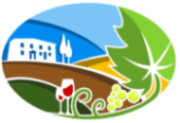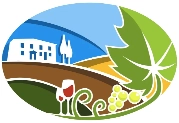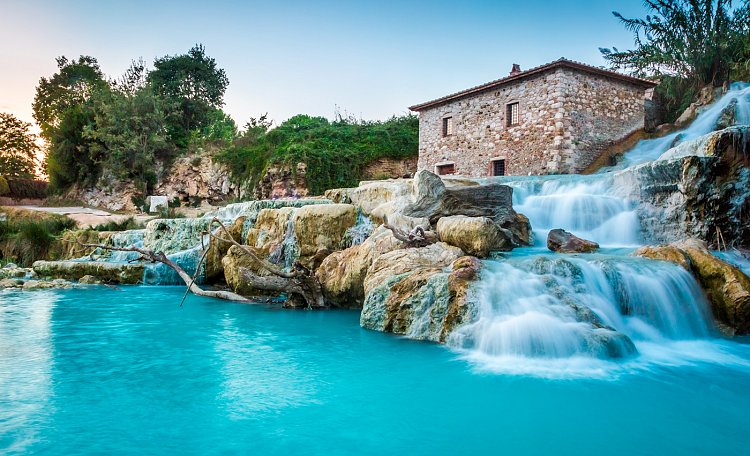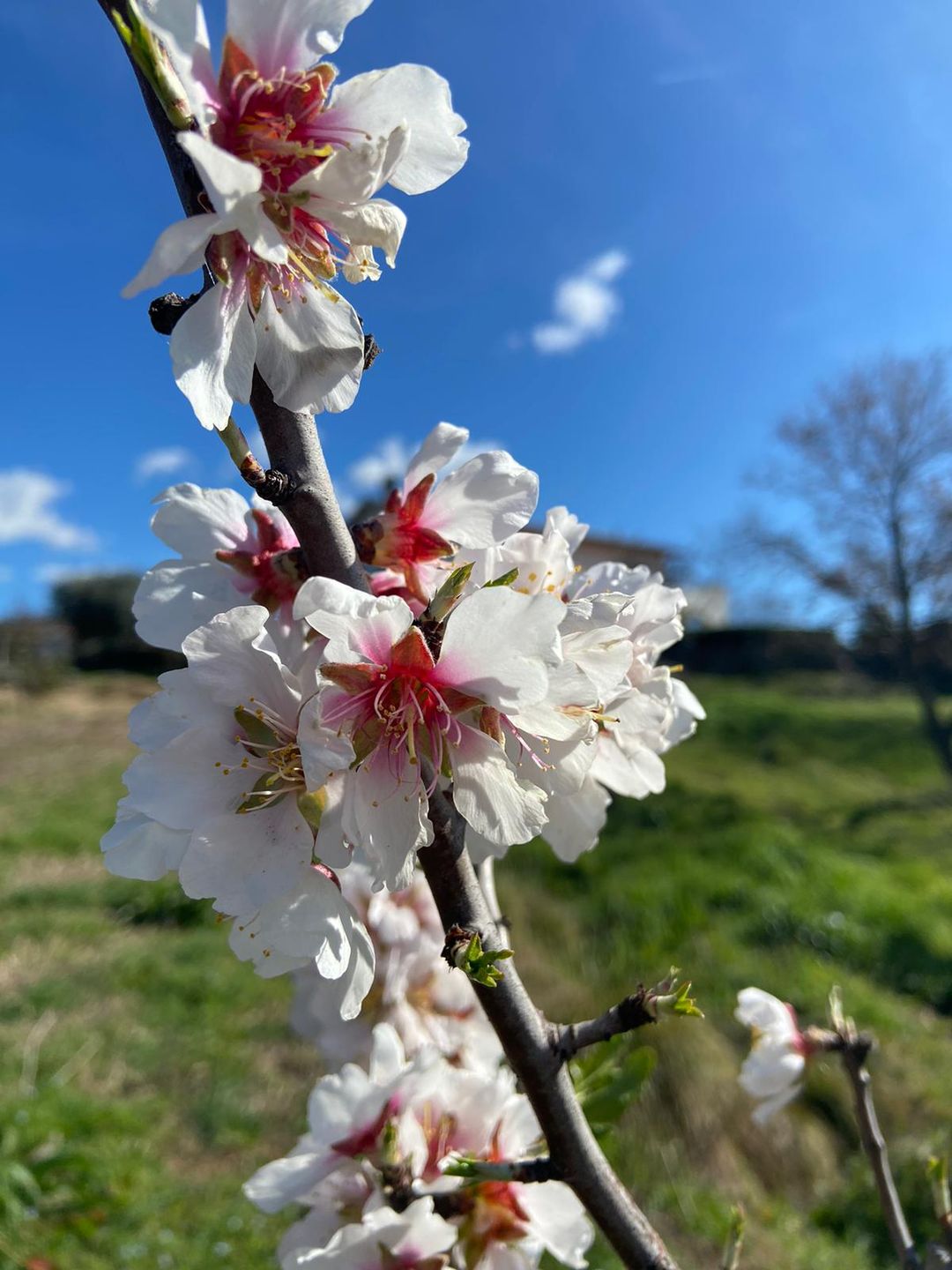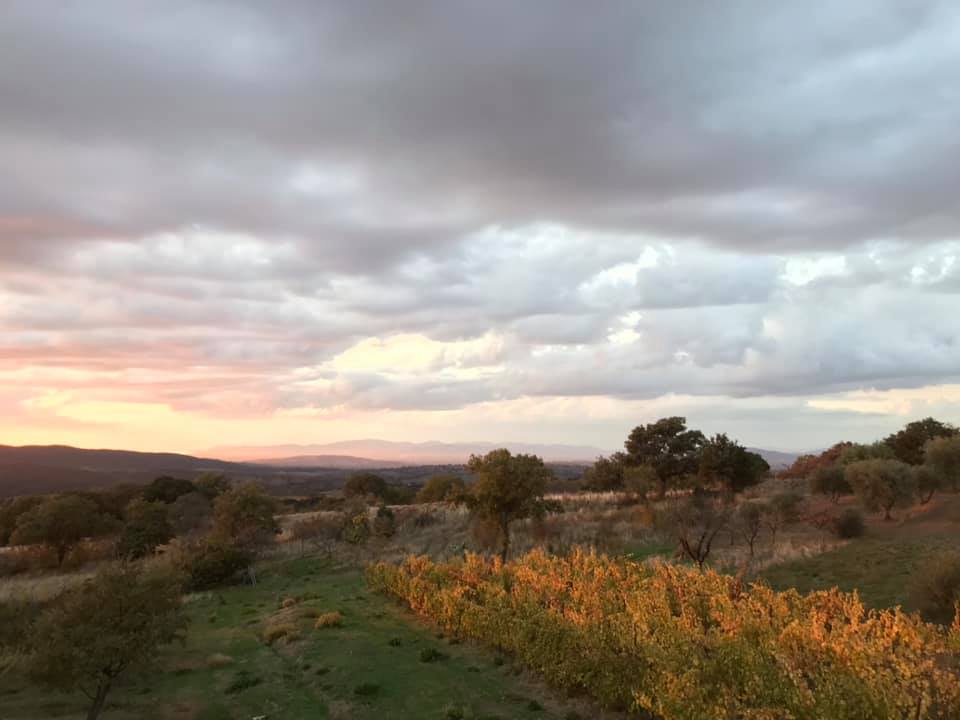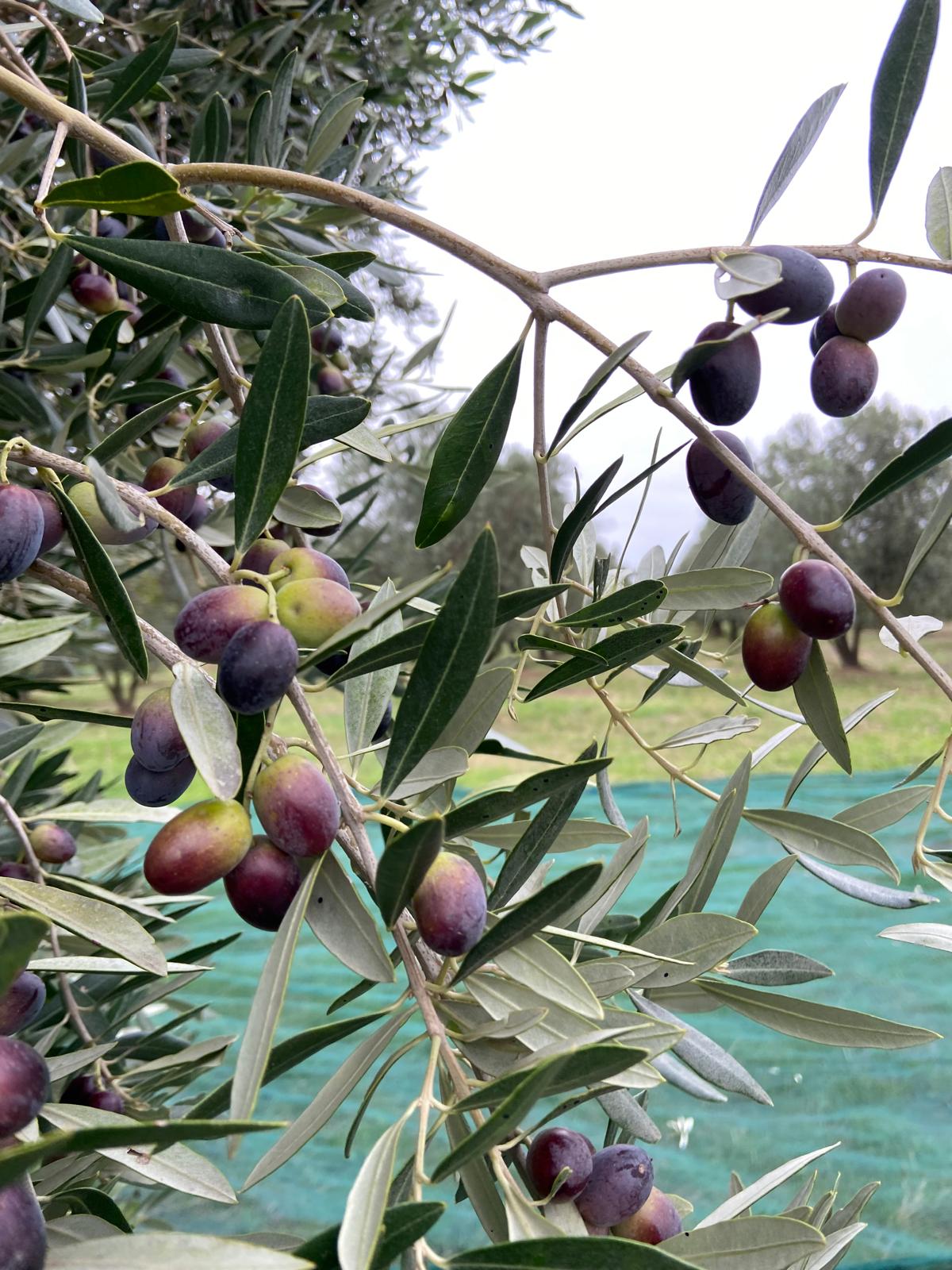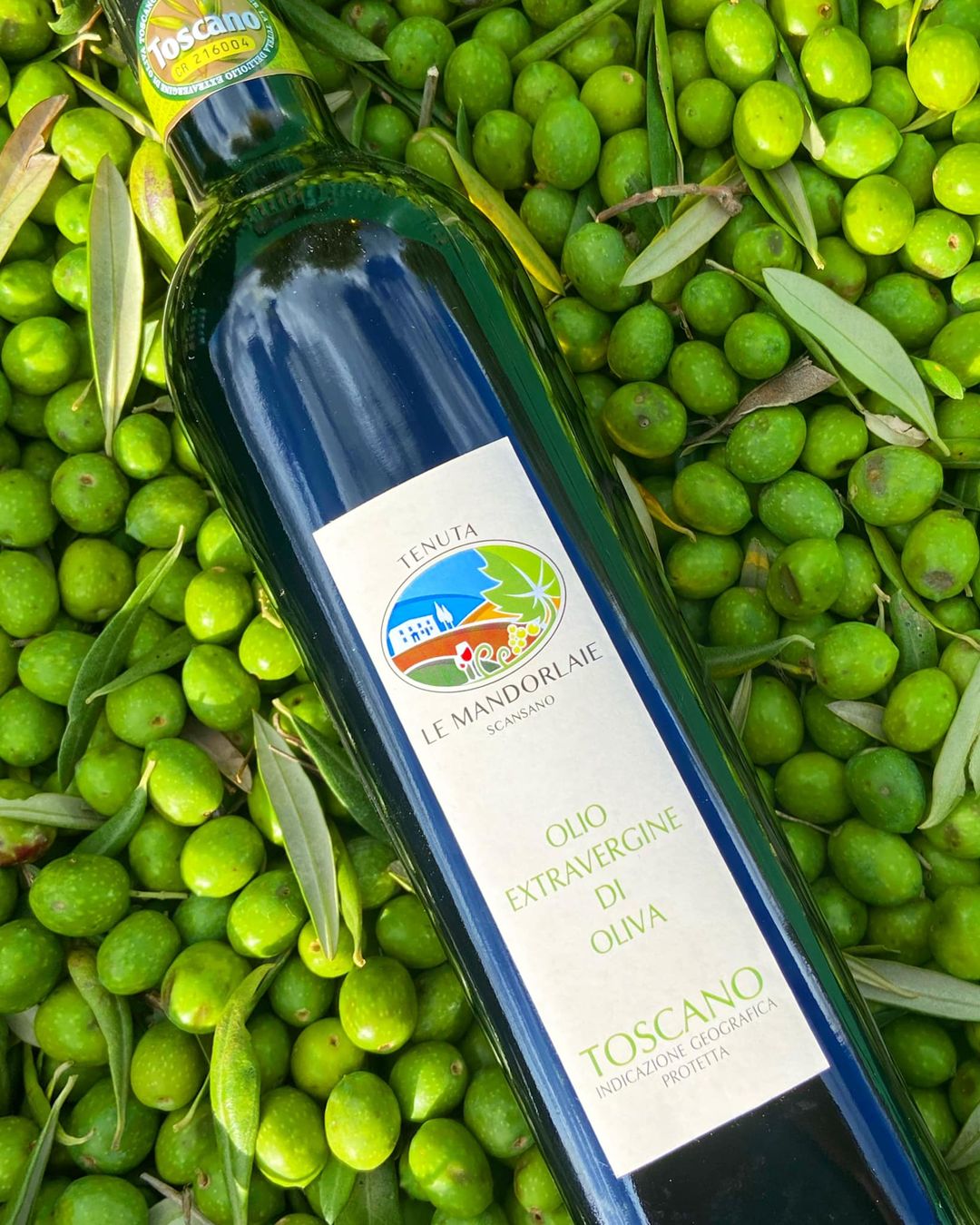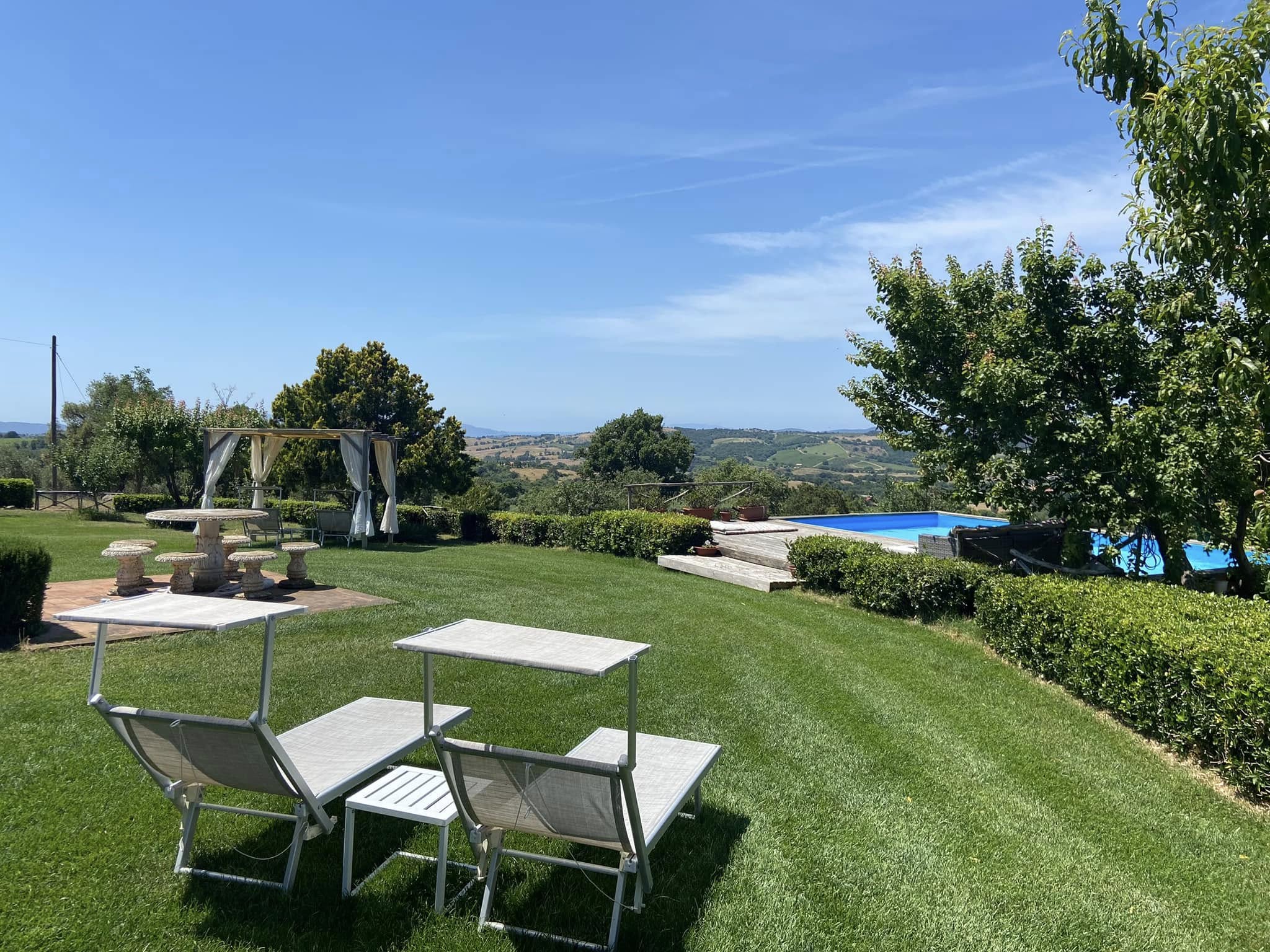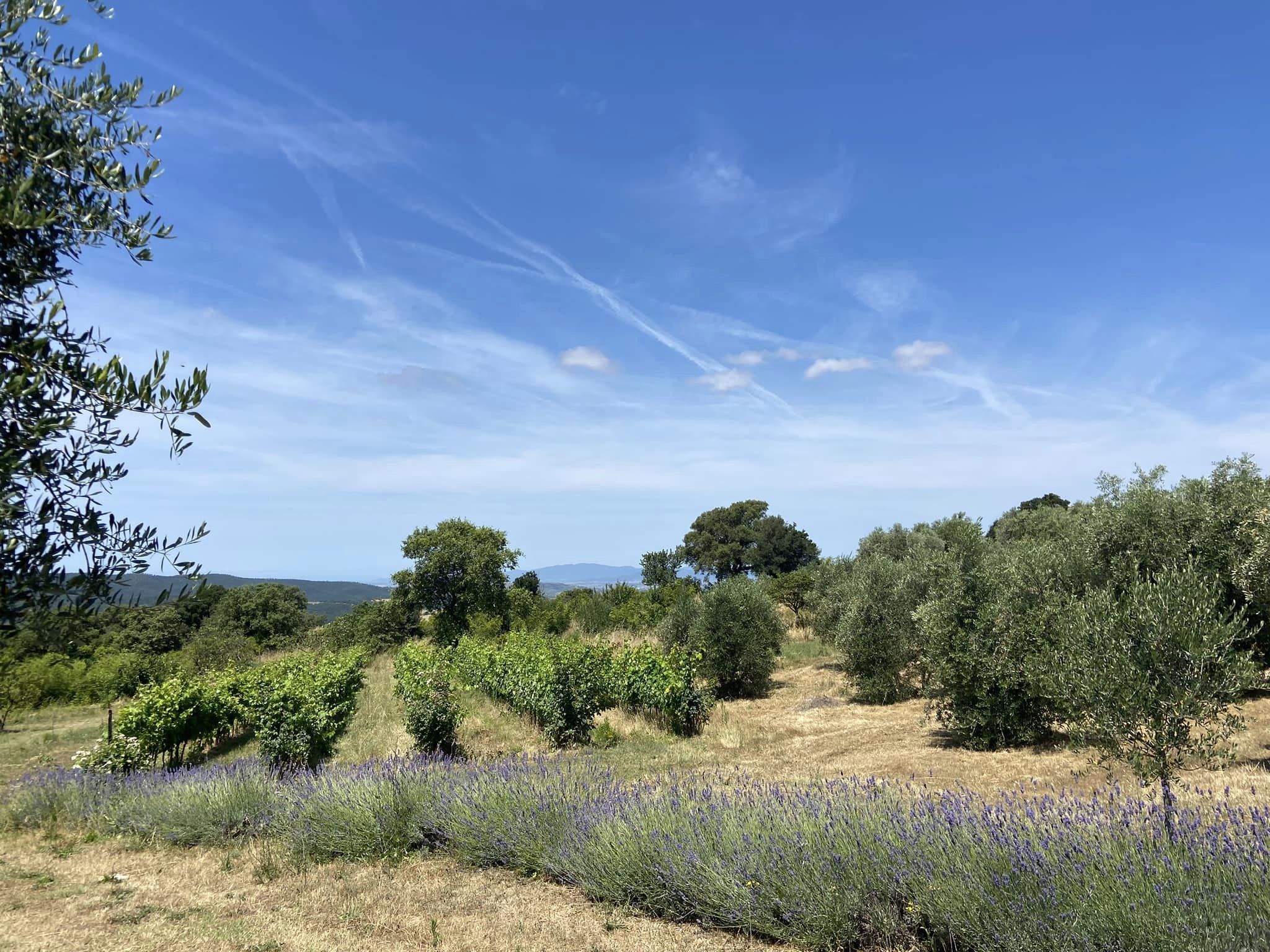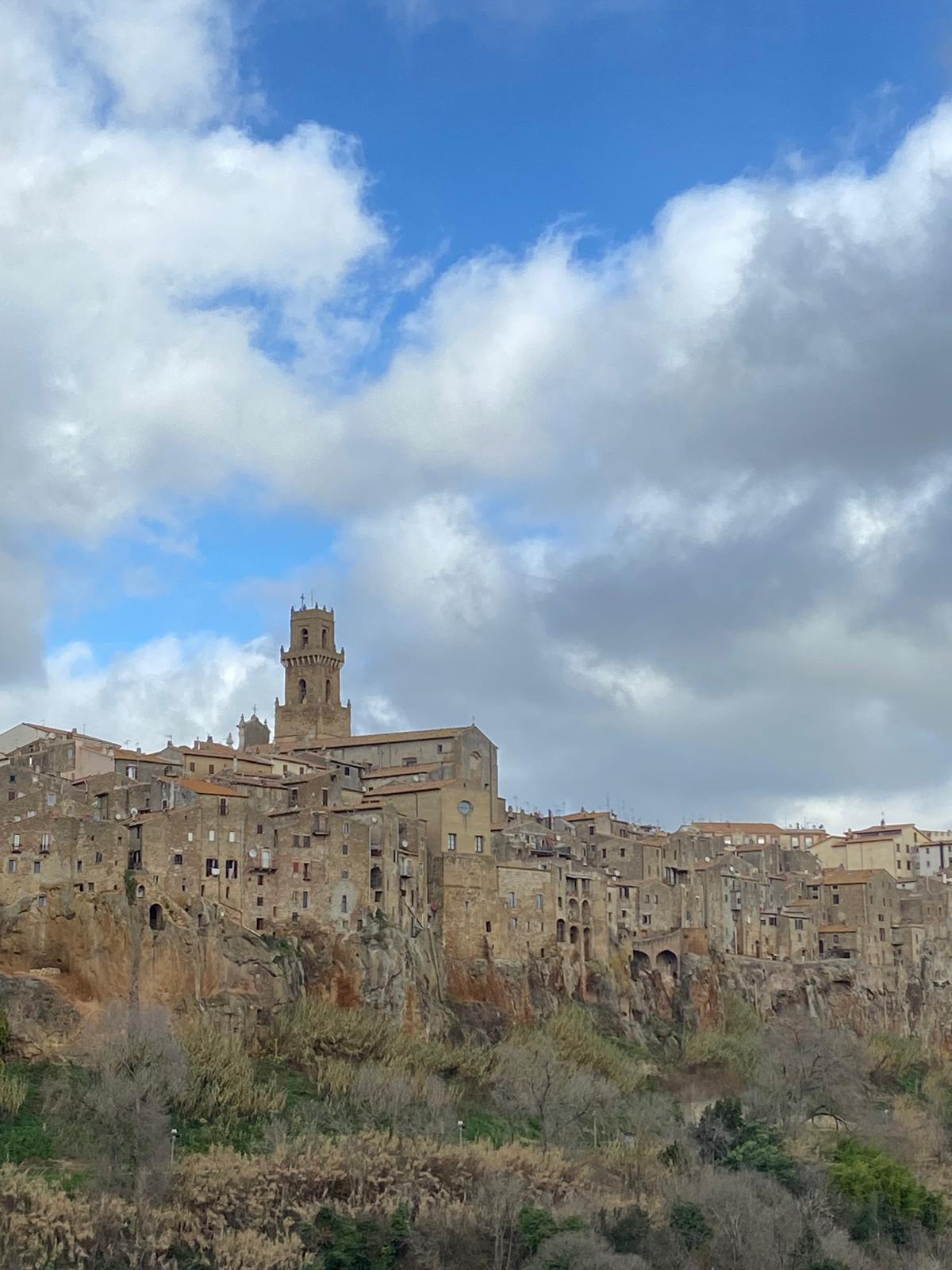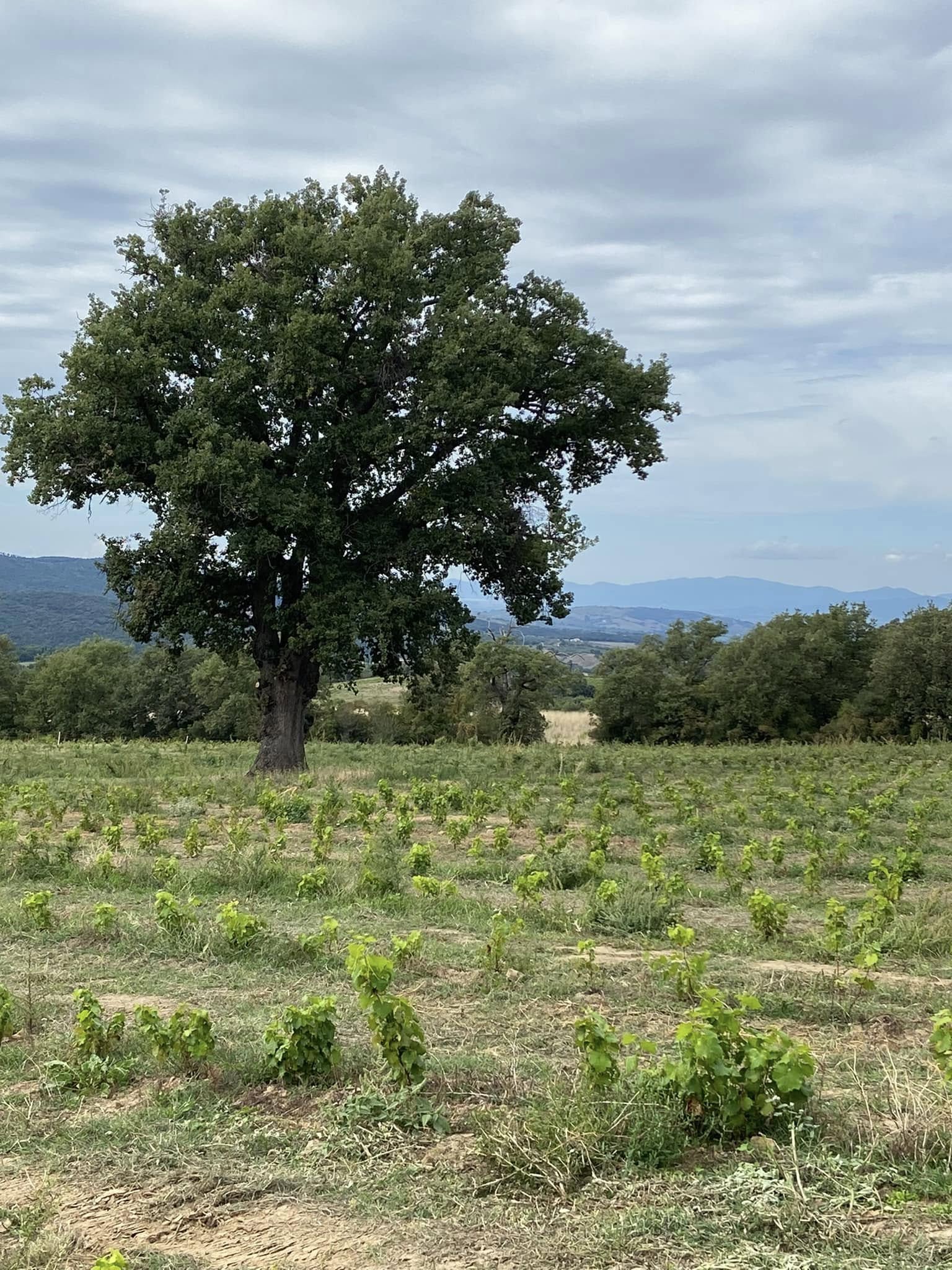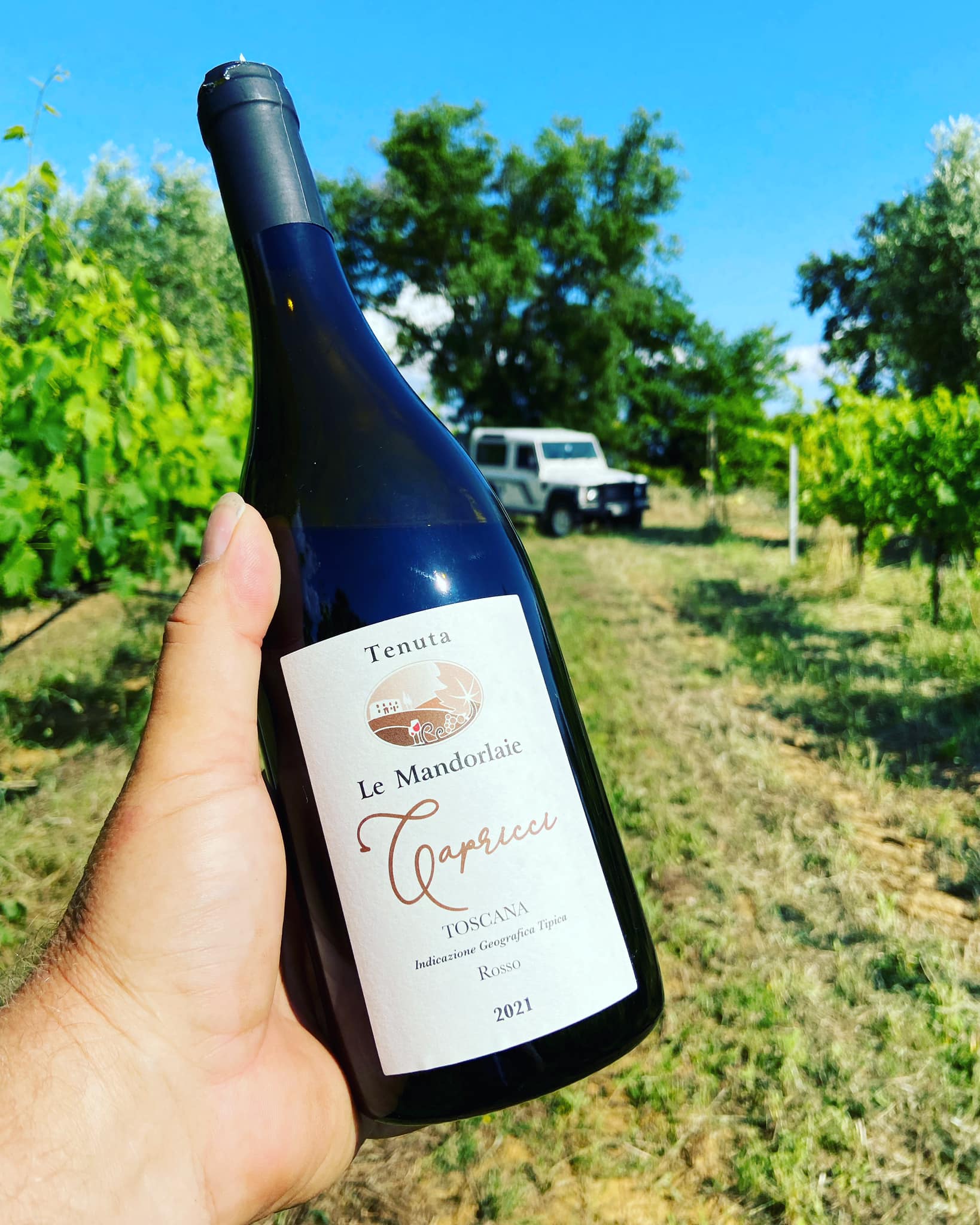Cascate del Mulino Hot Spring, Discover Maremma’s Free Natural Spa
Cascate del Mulino, Maremma's Free Natural Hot Spring Spa Nestled in the heart of Tuscany's stunning Maremma region, Cascate del Mulino is a breathtaking natural hot spring that offers a unique and unforgettable wellness experience. Known for its cascading thermal waters and picturesque setting, this free hot spring is a must-visit destination for travelers seeking relaxation and natural beauty. The Beauty of Cascate del Mulino Located near the charming town of Saturnia, Cascate del Mulino is famous for its cascading thermal pools carved into the limestone rock. The naturally warm, sulfur-rich waters maintain a soothing temperature of around 37.5°C (99.5°F) year-round, making it the perfect spot to unwind in any season.
Read More